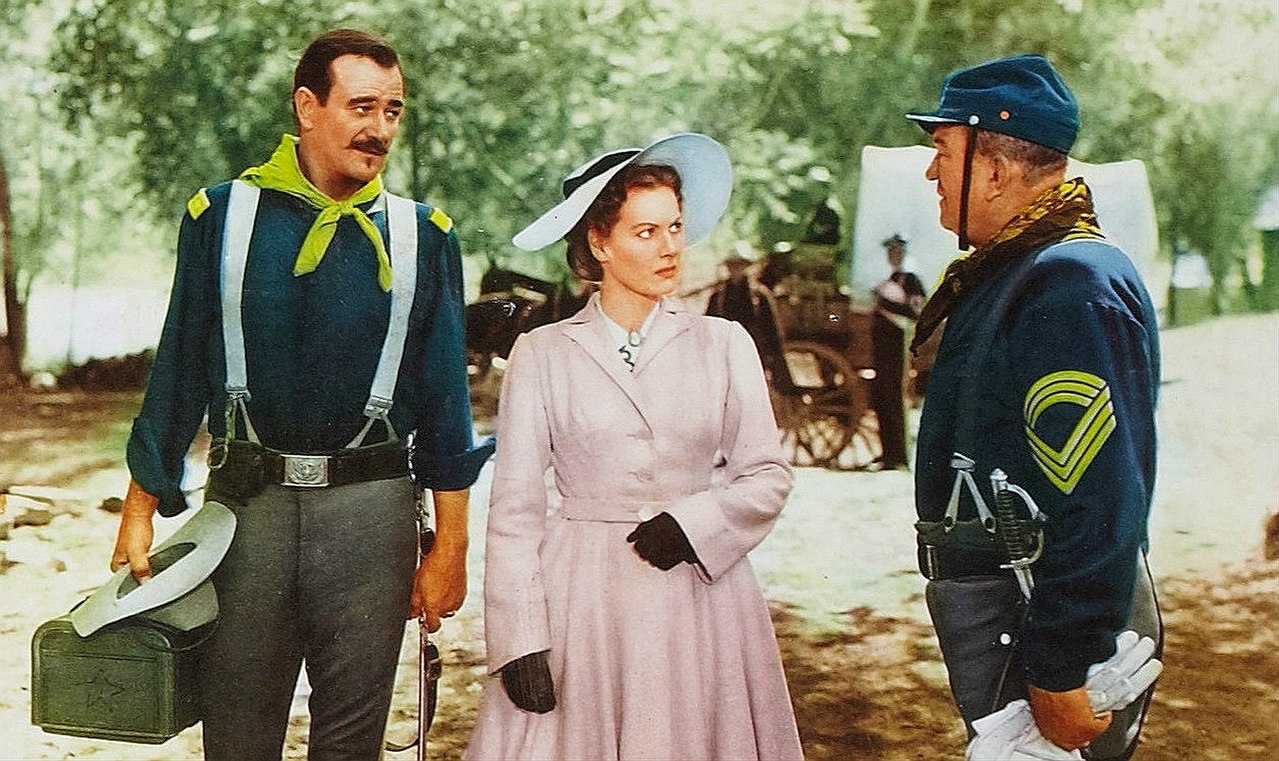In the mid-20th century, the rhythmic clatter of typewriters echoed through high school classrooms across America, as students embarked on a journey to master the art of typing. Vintage photographs from the 1950s to the 1970s capture the essence of these typing classes, providing a nostalgic glimpse into a bygone era when typewriters were the tools of communication and secretarial skills were highly valued. Let's explore the timelessness of these photos, reflecting not only the technological evolution but also the cultural shifts that marked this period.

In the 1950s, high school typing classes were a common sight, with rows of sturdy manual typewriters neatly arranged on sturdy desks. Vintage photographs showcase the disciplined organization of these classrooms, where students, often dressed in the fashion of the day, sat attentively, fingers poised over the keys.

The images exude a sense of purpose and concentration as students honed their typing skills, learning the QWERTY layout and practicing touch typing techniques. The typewriters, often sleek and well-maintained, were the technological marvels of their time, and the students, armed with determination, embraced the challenge of mastering this essential skill.

Typewriters were the indispensable tools that bridged the gap between handwritten and printed communication. Vintage photographs depict a variety of typewriters, ranging from the iconic manual models to the more advanced electric typewriters that started to gain popularity in the 1960s.

The clinking of the typewriter keys, the unmistakable sound of the carriage return, and the rhythmic motion of typing created a unique classroom symphony. In these images, we witness students navigating the intricacies of the machines, fingers flying across the keys, as they transcribe exercises, letters, and eventually, the skills that would serve them well in the professional world.

As the 1950s gave way to the 1960s and 1970s, the technology in typing classes evolved. Electric typewriters, with their smoother operation and automatic carriage return, became increasingly prevalent. Vintage photographs document this transition, capturing the moment when classrooms traded the familiar clatter of manual typewriters for the more muted hum of their electric counterparts.

The introduction of electric typewriters marked a significant advancement in typing technology. While the core skills remained the same, the experience of typing became more streamlined and efficient. Students adapted to the evolving landscape, and the vintage images capture the intersection of tradition and progress in the high school typing classroom.

Beyond the typewriters themselves, the photographs offer a window into the broader culture of high school life in the mid-20th century. Students, dressed in well-pressed clothing reflective of the time, typified the formality and respect associated with the classroom environment. Young women often wore dresses or skirts, while young men donned shirts and ties, underscoring the significance placed on both education and professionalism.

These images showcase a disciplined classroom culture where students not only learned the technical skills of typing but also absorbed the values of responsibility, precision, and the importance of presentation. The typewriter, with its rigid structure, demanded a certain level of formality and attention to detail that permeated the entire educational experience.

Typing classes of the 1950s to the 1970s were not only a place of learning but also reflected the gender norms and career aspirations of the time. Vintage photographs often depict young women in typing classes, reflecting the societal expectations that positioned secretarial work as a suitable career path for women. The typewriter became a symbol of opportunity for young women entering the workforce, offering a chance to build valuable skills and contribute to the professional world.

While the gender dynamics portrayed in these images may seem reflective of a bygone era, they also mark a significant moment in the evolution of societal norms. The skills acquired in these typing classes were stepping stones for many women, opening doors to administrative roles and paving the way for later advancements in the workplace.

The vintage photographs documenting high school typing classes from the 1950s to the 1970s offer more than a nostalgic trip down memory lane; they tell the story of a generation adapting to technological change while embracing the enduring values of discipline, professionalism, and the pursuit of knowledge.

In these images, the typewriter serves as a symbolic bridge between the past and the present, connecting us to a time when the written word was physically impressed onto paper with each keystroke. The skills acquired in these classrooms were not only vocational but also instilled a sense of order, precision, and pride in craftsmanship.

As we look back on these vintage photographs, we recognize that the legacy of high school typing classes extends beyond the clickety-clack of typewriter keys. It is a testament to the resilience of education, the adaptability of individuals in the face of technological change, and the timeless pursuit of skills that empower individuals to communicate effectively and navigate the professional world.

















